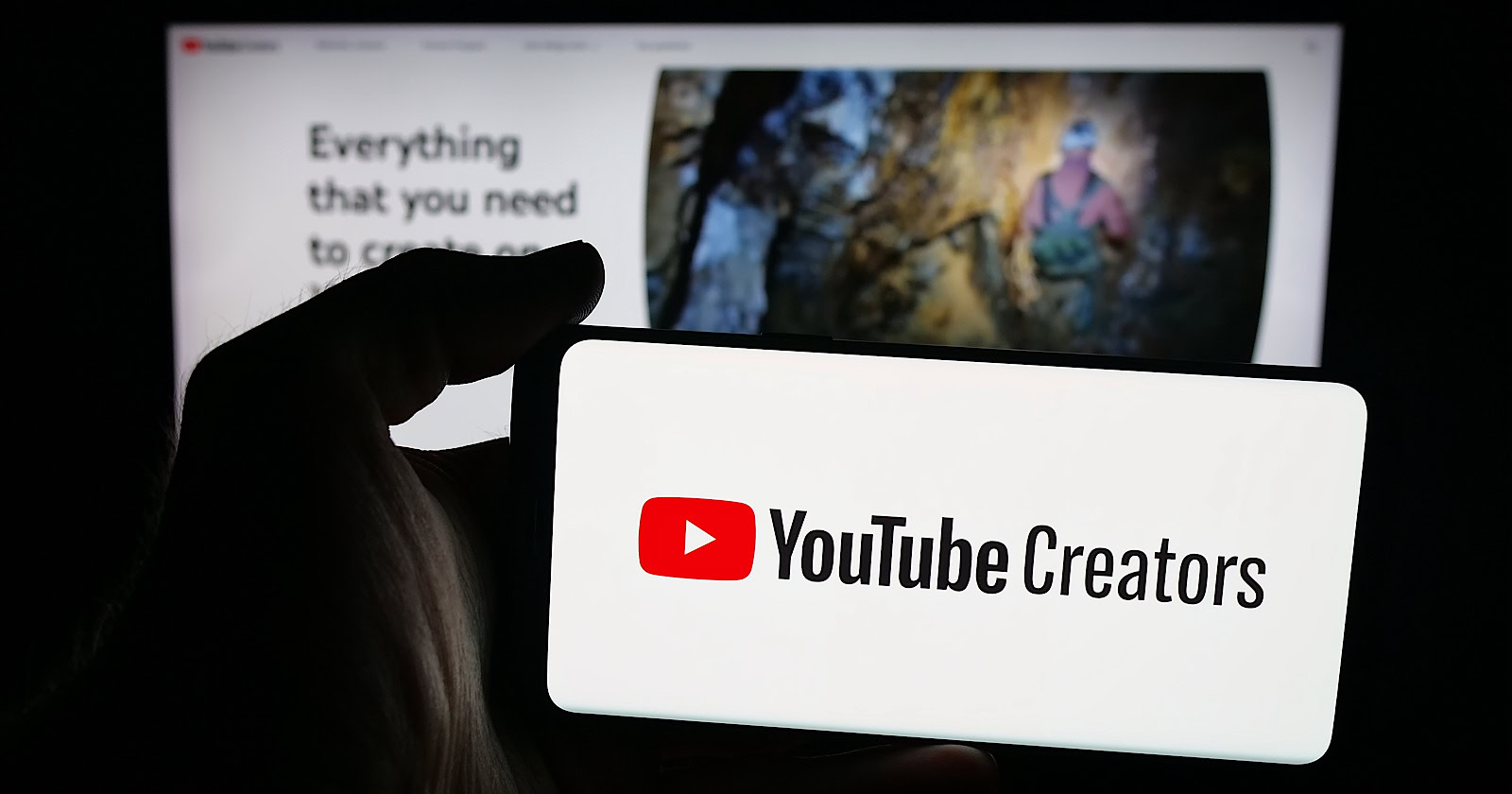YouTube introduced separate filtering for organic and paid traffic metrics in YouTube Analytics, allowing you to distinguish between unpaid and promoted content performance.
Channels can now filter views, engaged views, likes, comments, shares, and watchtime by traffic source. The update addresses longstanding questions about how paid advertising affects organic channel growth.
YouTube’s announcement included clarification that advertising doesn’t negatively impact organic performance, stating the two systems operate independently.
What’s New
The Analytics update adds traffic source filtering across core engagement metrics.
You can view performance data split between organic sources and paid advertisements, including YouTube Promote campaigns and brand-sponsored content.
YouTube’s announcement stated:
“Organic performance is determined by how the platform’s algorithm recommends your video to viewers based on factors like watch time, engagement, and audience retention. This is your video’s word of mouth reach, determined by the quality of the content itself. Whether or not it also runs as an ad has no impact.”
The platform distinguishes paid ad performance as determined by budget and targeting settings rather than algorithmic recommendations.
This is explained in more detail in the video below:
Addressing Performance Questions
YouTube addressed creator concerns about lower aggregate metrics when combining organic and paid performance.
The announcement noted that advertising often targets new audiences who may engage at lower rates than existing subscribers, which can reduce overall retention and click-through metrics when viewed in aggregate.
The new filtering allows creators to analyze each traffic source separately rather than viewing combined data.
Why This Matters
You can now measure organic content performance without paid promotion data affecting your metrics.
This separation helps identify which growth strategies work independently rather than attributing paid gains to organic strategy or vice versa.
The filtering clarifies whether audience retention issues stem from content quality or new audience targeting in ad campaigns.
Looking Ahead
The traffic filtering feature is available now in YouTube Analytics. YouTube didn’t specify whether additional metrics or filtering options will be added to the organic versus paid breakdown.
The update coincides with YouTube’s October 2025 terminology change renaming the “Views” metric to “TrueView views” in Google Ads reporting, though this naming change doesn’t affect how views are counted or billed.
Featured Image: T. Schneider/Shutterstock
